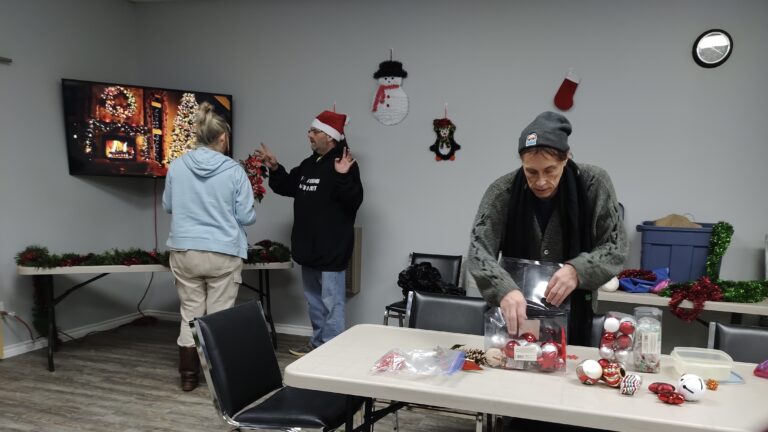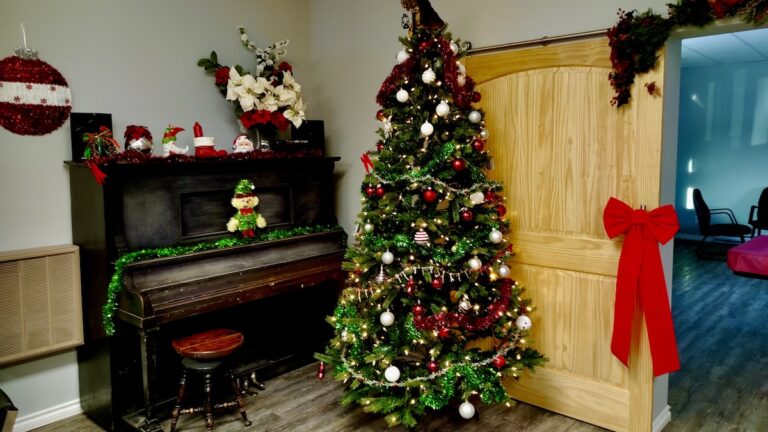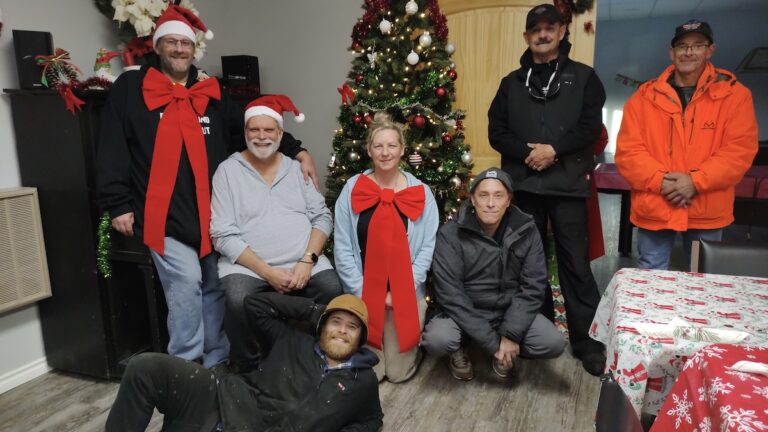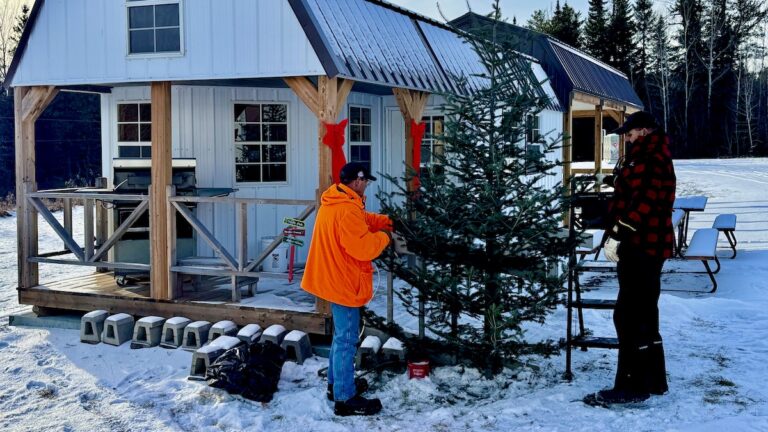
How logistics and constraint management can replace conflict with flow in Northern Ontario’s arts collectives.
Beyond the Boardroom Battle: How Logistics Can Save Northern Arts Collectives
In Northern Ontario, the biggest enemy of the arts isn’t the weather — it’s the meeting.
Every small collective knows the cycle: endless discussions about funding priorities, overlapping roles, grant deliverables that stall in committee. What should be a creative movement too often turns into an administrative survival exercise.
Across Northern and Northwestern Ontario, we see passionate arts teams trying to serve vast regions with limited people and even fewer resources. The result? Burnout, frustration, and projects that die in planning before they ever reach the communities that need them most.
It’s not that the missions are wrong — it’s that the systems are.
And fixing them doesn’t start with more HR training.
It starts with logistics.
From People Management to Flow Management
The truth is simple: you can’t run a Northern arts collective like a downtown nonprofit. When geography is vast, resources thin, and roles overlapping, the cost of human-centric management becomes unsustainable.
That’s why a new model is emerging — Constraint Management, adapted from logistics and systems theory. It reframes an arts organization not as a collection of departments, but as a Sovereign Stack — a self-contained creative system designed to flow.
The goal isn’t to make people work harder.
It’s to identify and remove the single biggest bottleneck in the system that slows everyone down.
Instead of spending hours debating whose idea takes priority, the team zooms out and asks: What’s actually blocking the mission?
Maybe it’s the outreach database. Maybe it’s the reporting workflow. Fix that — and suddenly, energy returns to the art itself.
The Northern Trap — and the Escape Route
| Old Model | Constraint Management Model | Result |
|---|---|---|
| Problem: Two coordinators clash over how to deliver a grant project. | Bottleneck: The outreach process for remote communities is the slowest link. | Conflict becomes a system problem, not a personal one. |
| Cost: Endless meetings, wasted time, lost funding. | Solution: A System Steward focuses on automating and refining the outreach system. | Energy shifts from internal friction to external mission impact. |
This isn’t management by algorithm — it’s liberation by logic.
Depersonalizing conflict and treating inefficiency as a design flaw rather than a moral one, collectives regain what bureaucracy steals: time, focus, and creative trust.
The End of the Boardroom Battle
In the traditional arts ecosystem, power often belongs to whoever has seniority or speaks loudest in the meeting. That’s poison for small teams working on tight margins.
Constraint Management flips that hierarchy on its head.
Value becomes systemic, not social. Success is measured by clear outcomes — Did the outreach improve by 30%? Did the exhibition reach the target communities? — instead of vague impressions or politics.
When output is measurable, meetings become obsolete.
And when systems handle routine work, humans can return to what they’re meant to do: imagine, create, and connect.
A New Kind of Leadership for the North
The future Northern and Northwestern Ontario arts leaders won’t be colonial bureaucrats juggling forms — they’ll be a Chief Prompt Architect: someone who can translate an artistic mission into systems logic.
Whether it’s preserving Indigenous languages, sharing regional art with urban audiences, or building digital archives, these leaders design workflows that run themselves. Once running, these “digital ateliers” need little more than stewardship to continue generating cultural value year after year.
For the North, this isn’t just innovation — it’s survival.
When logistics flow, creativity follows.
And maybe, finally, we can stop talking about process and start making art again.





